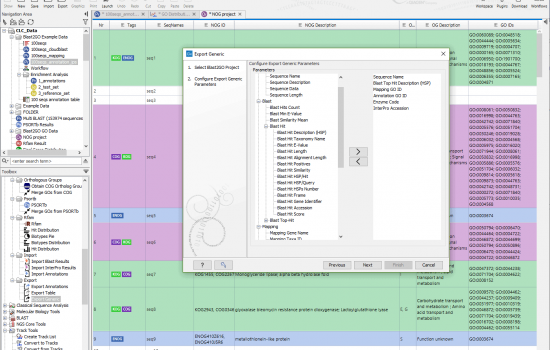

Even if I did the assemblies and mappings for them, the resulting contig file is too large to load on any winXP machine (limited to <4 Gb of memory) for browsing. I run the workbench on a 64 Gb Linux machine, but our end users only have small winXP workstations. Still the application is memory greedy - the assembler/mapper seems to be a stand alone binary program (C/C++?) that's called by the workbench, whereas the rest is java which consumes lots of memory (~30 Gb when loading 7mio Solexa reads in fastq format and the human RefSeq mRNAs as the reference). ) and "only" consumes about 2Gb of memory. I like the user interface, and the assembly against a reference genome/transcriptome is fast (comparable with bowtie - not arguing about minutes. I am testing the CLC Genomic Workbench 3.5 for our molecular biologists (our main users). Īs Torst points out, the many helpful graphic utilities with CLC (presumably the reason it is slow?) make the experience more pleasant. on the other hand, CLC does give you the graphic that neatly lines up all the reads so you have the opportunity of looking at them to try to understand how it made its decisions. with CLC, staring at some of the contig ends after blasting them on what for sure is where they come together, and then looking at the read coverage in the unjoined region, it is hard to understand what kept the assemler from joining them into a larger contig. other problems, like accuracy, are introduced with reduced coverage_cutoff but at least it acts as one would expect.

with velvet there is a large difference in the contig size when you reduce the coverage_cutoff. mismatch penalty of 2 gives basically the same result as mismatch penalty of 1 for de novo assembly. the penalty adjustments dont seem to do anything significant. my problem with CLC is related to connecting contigs that "by eye" have plenty of coverage at overlapping regions but CLC wont connect them. strangely enough I am now getting "contigs" in de novo assembly of 36 bases. One thing different in the new release is that there is no longer a minimum contig length of 200 bases.


 0 kommentar(er)
0 kommentar(er)
